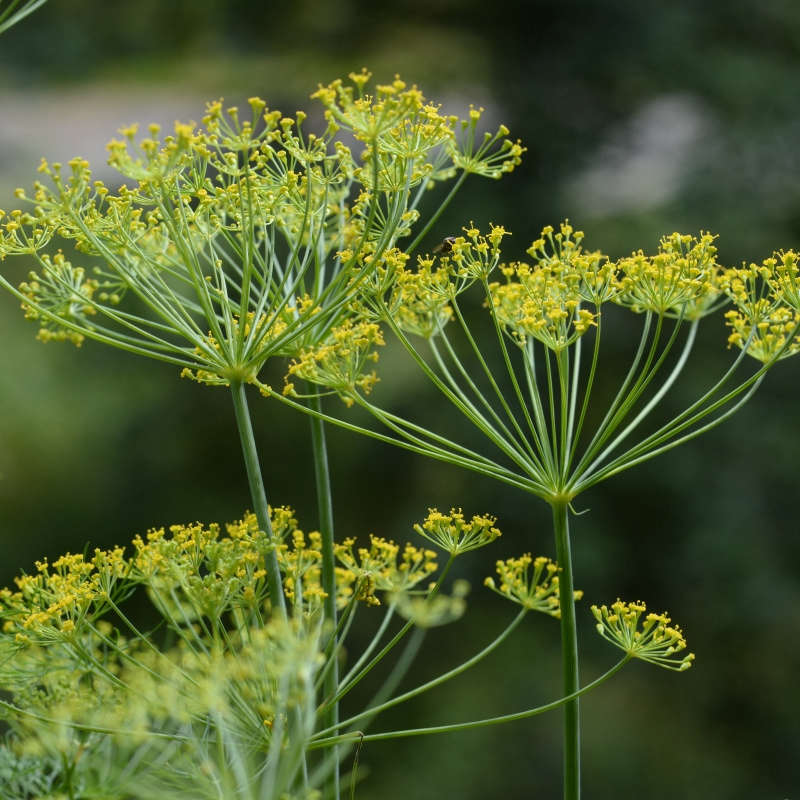

Dill is a short-lived annual herb, known for its aromatic value in cooking and for being a little tricky to grow; keep it happy in a hot, sunny spot with moist soil and deadhead it regularly to forestall bolting.
Dill is an aromatic culinary herb with feathery leaves that can’t help but add ornamental value as well to an edible garden. Don’t try to grow dill indoors; it needs full sun, well-drained soil, and hot weather.
In addition to being a delicious and versatile spice for potatoes, fish, beets, and cucumbers (the list of dills’ companion foods could go on forever), Anethum graveolens is a useful pest repellent in a vegetable garden (aphids and spider mites can’t stand to be near it). Tip: For more herbs that ward off insects, see Mosquito Repellent: 5 Flowers and Herbs to Keep Pests Away.
Easy to start from seed, dill will attract butterflies (it’s a good food source for caterpillars) and if it bolts, add its ferny fronds to a bouquet of wildflowers.
v5.0
When you register as a free Member of the Remodelista family of websites (Remodelista, Gardenista, and The Organized Home), you gain access to all current posts plus 10 archived posts per month, our internal bookmarking tool, and the community bulletin board.
Member benefits include:
For $5/month ($59.99 paid annually) you'll enjoy unlimited, ad-free access to Remodelista, Gardenista, and The Organized Home and all the benefits of Membership.
Subscriber benefits include:
For $5/month ($59.99 paid annually) you'll enjoy unlimited, ad-free access to Remodelista, Gardenista, and The Organized Home and all the benefits of Membership.
Subscriber benefits include:
Benefits include:
For $5/month ($59.99 paid annually) you'll enjoy unlimited, ad-free access to Remodelista, Gardenista, and The Organized Home and all the benefits of Membership.
Subscriber benefits include:
When you register as a free Member of the Remodelista family of websites (Remodelista, Gardenista, and The Organized Home), you gain access to all current posts plus 10 archived posts per month, our internal bookmarking tool, and the community bulletin board.
Member benefits include:
If at any time you want to become a Subscriber and enjoy unlimited, ad-free access to all our content, just go to the My Account link and choose Subscribe.
Advertising funds our work at Gardenista and helps us provide you with a daily dose of garden inspiration & design. We hope you’ll consider disabling your adblocker for Gardenista so we can continue our mission: a well-designed garden for all.
Thank you for your support.